
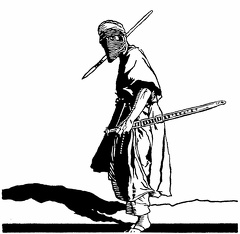 Arab warrior
Arab warrior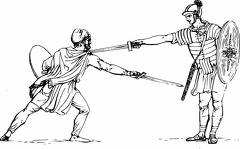 Technique of Roman soldier
Technique of Roman soldier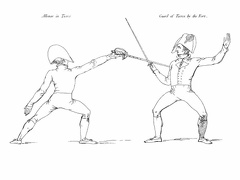 50
50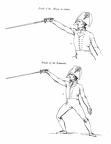 40
40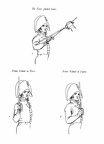 48
48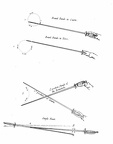 33
33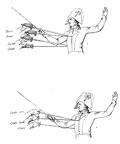 Positions for the use of the sword
Positions for the use of the sword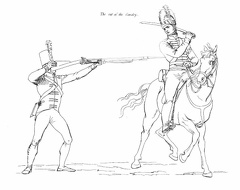 The Cut of the Cavalry
The Cut of the Cavalry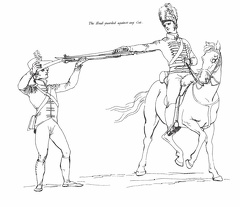 The Head guarded against any cut
The Head guarded against any cut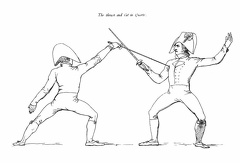 The Cut and Thrust in Quarte
The Cut and Thrust in Quarte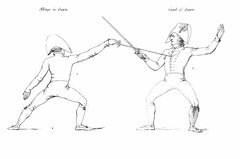 Quarte
Quarte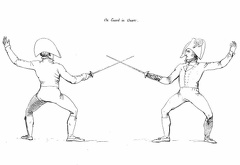 On guard
On guard Front View of the Guards
Front View of the Guards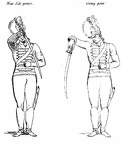 Near Side protect and Giving Point
Near Side protect and Giving Point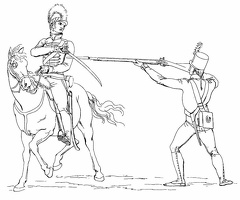 The Situation of the Cavalry man on the near side
The Situation of the Cavalry man on the near side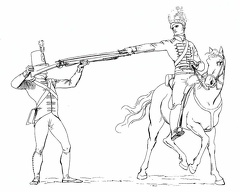 The Cavalry man making point to the right
The Cavalry man making point to the right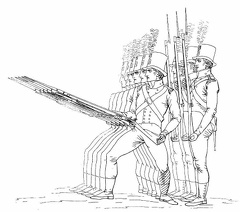 The Bayonet Exercise
The Bayonet Exercise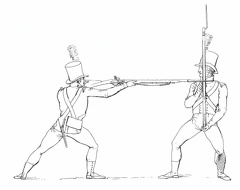 Allonge
Allonge Gallo-Roman Sword and Horn
Gallo-Roman Sword and Horn Gallo-Roman Weapons
Gallo-Roman Weapons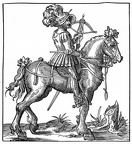 Mounted Crossbowman, with Cranequin crossbow, and a quarrel in his hat
Mounted Crossbowman, with Cranequin crossbow, and a quarrel in his hat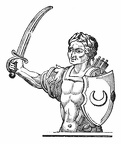 The Saracen Quintain
The Saracen Quintain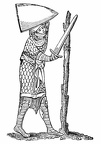 The Pel Quintain—XIV. Century
The Pel Quintain—XIV. Century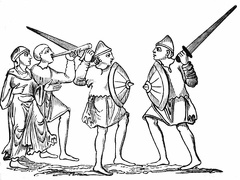 Sword-Dance
Sword-Dance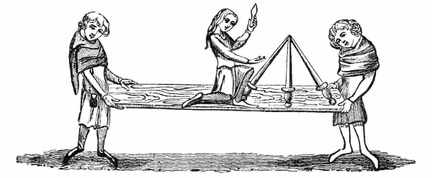 Balancing.—XIV. Century
Balancing.—XIV. Century French Soldier 12 th Century
French Soldier 12 th Century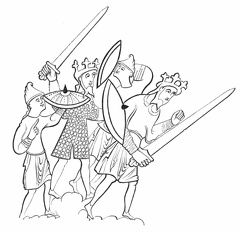 Anglo-Saxon warriors
Anglo-Saxon warriors Swords
Swords Swords
Swords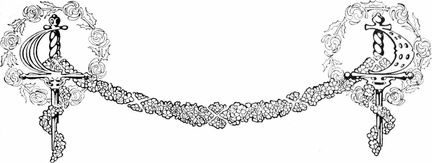 Heading Frame
Heading Frame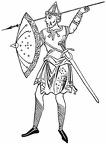 Warrior 11th Cenury
Warrior 11th Cenury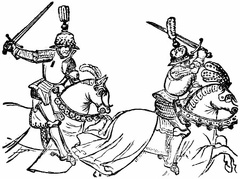 The Duke of Gloucester and the Earl of Warwick
The Duke of Gloucester and the Earl of Warwick Sir Robert Shurland
Sir Robert Shurland Quilted Armour
Quilted Armour Knight of the latter part of the Thirteenth Century
Knight of the latter part of the Thirteenth Century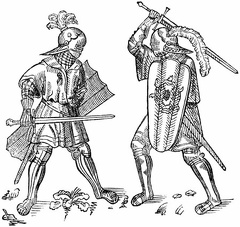 Combat on Foot
Combat on Foot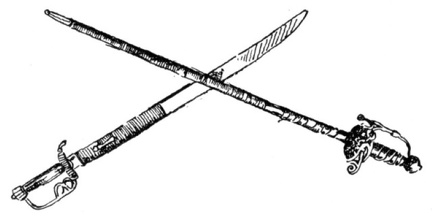 Brewster's and Standish's Swords
Brewster's and Standish's Swords Warrior of Java
Warrior of Java Costume of the Franks in the Eighth Century
Costume of the Franks in the Eighth Century



